LinkedIn Tips For Structural Engineers
Related Blogs
Energi People Insights | Guidance for Job Seekers | Market Insights | Structural Engineering Salary Guides
Posted 12.07.23

LinkedIn has revolutionised the way professionals connect, engage, and explore career opportunities. For Structural Engineers, this platform is a goldmine when it comes to building a robust professional network, attracting potential employers, and staying updated on industry trends. The following are some LinkedIn tips Structural Engineers can use to up their profile.
Craft a Captivating Headline
Your LinkedIn headline is your digital first impression. Make it count! While it’s important to include your job title, consider adding a unique twist to make it stand out. For example, instead of a generic “Structural Engineer,” you could go for something like “Collaborative and Visionary Structural Engineer Building Stronger Communities.” Or “Transforming Ideas into Solid Structures: Experienced Structural Engineer Ready to Take on New Challenges”. Be creative and showcase your passion!
Showcase Your Skills
LinkedIn offers a dedicated skills section. Utilise it wisely by including the relevant technical skills you possess. Structural engineering is a multidisciplinary field, so highlight your expertise in areas such as structural analysis, design software proficiency, and project management. This will make you more discoverable when recruiters search for specific skills.
Engaging Summary
Your profile summary is your chance to shine. Tell your professional story, emphasizing your key accomplishments, notable projects, and what drives you in your career. Inject some personality into your writing to make it memorable. Avoid using too much technical jargon that might confuse non-engineering professionals who come across your profile.
Professional Profile Picture
First impressions matter, so choose a professional headshot that exudes confidence and approachability. Dress the part and remember to smile! A polished profile picture will help establish trust and attract the attention of recruiters.
Leverage Recommendations
LinkedIn recommendations hold immense value. Encourage colleagues, mentors, and clients to write recommendations that highlight your expertise and work ethic. These testimonials add credibility to your profile and make you more appealing to potential employers.
Network, Network, Network
LinkedIn is a powerful networking and community tool. Join relevant groups, participate in discussions, and engage with other professionals in the structural engineering field. Share valuable insights, comment on posts, and connect with industry influencers. Building a strong network increases your visibility and opens up opportunities. You can connect with me on LinkedIn here.
Use Rich Media
LinkedIn allows you to add media files to your profile, so why not showcase your engineering prowess? Share images, videos, or project presentations that demonstrate your skills and expertise. Visual content adds depth to your profile and keeps visitors engaged.
Privacy Settings and Job Search Mode
If you’re looking for new opportunities while currently employed, privacy is probably crucial. LinkedIn offers several privacy settings, allowing you to customize who sees your updates and activity. Utilize these features to prevent your current employer from noticing any significant changes on your profile if you need to. Additionally, enable the Job Search mode if your able to let recruiters know you’re open to new opportunities. This can be also be done discreetly in your settings without broadcasting it to your network under Sharing Profile Edits, No in the settings.
Conclusion
LinkedIn is a game-changer for structural engineers seeking to advance their careers. By taking advantage of the various tools and features offered, you have the power to optimize your profile, share compelling content, and strategically connect with industry professionals. With a blend of passion, creativity, and discretion, you can position yourself as a standout candidate.
Remember, LinkedIn is more than just a social network. By actively engaging with the platform, leveraging its resources, and nurturing valuable connections, you have the potential to attract the attention of recruiters and employers who are seeking your unique skills and expertise.
Your journey starts now – log in, optimize your profile, share your passion, and let LinkedIn be the stepping stone that propels you towards a future filled with exciting opportunities and professional success. So, unlock the full potential of LinkedIn to soar in your professional journey!
If you would like me to look at your LinkedIn profile and give you some feedback, connect with me here.
Further Reading
- Check out our latest UK Structural Engineering Salary Guide 2023
- Find a new Structural Engineering job






